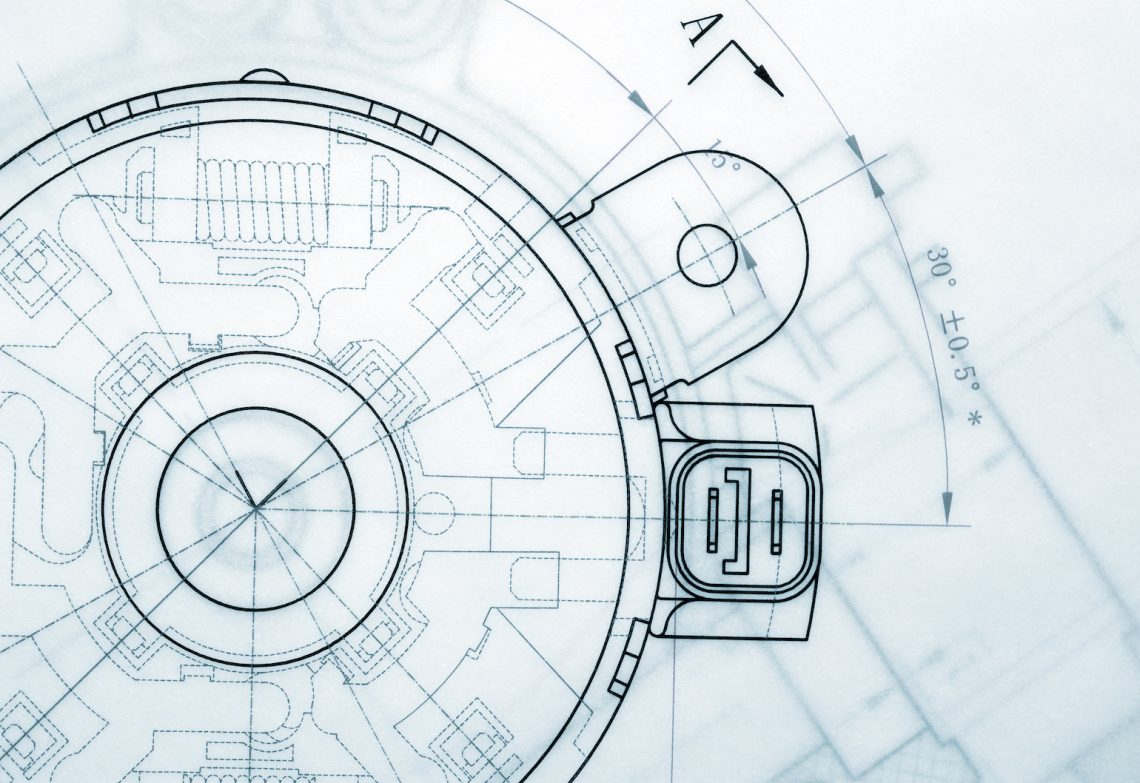The COVID-19 pandemic as well as rapid advances in business digitisation and transformation have revealed the extent of the skills crisis facing Australia. Engineering has been identified as a key part of the solution to this problem.
A report from the Australian Academy of Technological Science and Engineering (ATSE) has highlighted engineering – along with mathematics, digital skills, agricultural technologies and entrepreneurship – as a key area requiring immediate attention if Australia is to meet its technological potential.
Published in October, Our STEM skilled future — An education roadmap for an innovative workforce incorporated four overarching recommendations to address skills shortages in each of these domains:
- Establish a National Skills Taxonomy to streamline consistent communication about needs and pathways among Australia’s organisations and individuals.
- Prioritise and invest in evidence-based approaches to STEM program development and assessment to ensure education and training is fit-for-purpose and provides value for money.
- Promote and support a culture of lifelong STEM learning in the workforce to ensure Australia has the skills it needs now and into the future.
- Raise the profile of STEM careers in Australia to showcase their accessibility and attractiveness.
Drawing on Engineers Australia research
Engineers Australia Chief Engineer Jane MacMaster contributed to the report’s chapter on addressing engineering shortages, and she told create that research conducted by Engineers Australia over the past 18 months helped inform the ATSE findings.
“When they approached us to contribute, we had our body of work to draw on and input into the ATSE work,” she said.
“I think what’s critical about our collaboration with ATSE — and it’s not just Engineers Australia and ATSE, it’s other bodies as well — we’re all on the same page now with what needs to be done.”
With that bedrock in place, MacMaster hopes 2023 can mark the point where organisations stop defining the problem and begin implementing solutions.
Meeting the challenge head-on
“Strengthening the engineering workforce in Australia is a whole-of-pipeline challenge,” she said.
“To boost the number of engineers in Australia, we cluster everything that we need to do into five categories.
“One is everything that we need to do in the early school years — so we need to be inspiring young Australians to choose to study engineering.”
We also need to look at ways of improving maths education, as well as STEM education more broadly, including how we can teach maths in a more applied and inspiring way.
“We are also looking at advocacy around the ATAR scaling system so that there are no disincentives for people who wish to study advanced maths,” MacMaster said.
“It includes continuing to refine the school curriculum in maths. It includes advocacy around encouraging more girls’ schools to offer physics and engineering studies, because not all of them do.”
Another area of focus MacMaster advocates is to boost retention in the engineering workforce — including by examining what engineering professionals are paid.
“We also need to keep engineers in the engineering workforce for longer and encourage those who’ve left the engineering workforce for a career break for whatever reason to come back,” she said.
“There are some wonderful organisations such as STEM Returners who do that and have a great success rate. And we need to provide mentoring opportunities for people in all stages of their career to help encourage them to stay in the engineering workforce.
“And I can’t overemphasise the importance of graduate programs and internships. A lot of our top graduates end up working in the banking or management consulting space, and we need to be aware of that.”
Migration and workforce planning
MacMaster also draws attention to the importance of skilled migration, which Engineers Australia research has also examined in greater detail.
Australia must compete with countries such as Canada, the UK and the US to attract skilled talent from across the globe, and some industries are already warning they lack the talent to expand.
“The Australian engineering workforce now consists of 62 per cent of people who were born overseas, which has risen from 58 per cent from 2016,” MacMaster revealed.
“We’ve relied on skilled migrants for a long time, but only around 40 per cent of the skilled migrant engineers in the country work as engineers, which indicates that it is really hard once they’re in Australia for them to find work as engineers.”
The engineering sector must do a better job of supporting skilled migrant engineers once they’re in Australia, MacMaster said.
“It’s great that the cap for skilled migrants has lifted, and it’s great that more engineers will be coming to Australia, but that’s not going to fix the problem alone,” she said.
“We also need to support them better when they’re here to find engineering work. And that means networking opportunities and workshops to write CVs for an Australian context; it means making employers aware of their conscious and subconscious biases; it means providing internship opportunities for them, and avenues for them to become aware of local standards.”
Finally, MacMaster said it was important to address demand and workforce planning.
“We need to do a better job at that and send the signals back to unis and schools so that students have a better understanding of what the jobs are in the future,” she said.
“They can make more informed choices about what they choose to study at university, so that supply better meets demand.”




This all sounds great, but as an engineer with over 30 years experience I see that the value is no longer appreciated in good engineering design, which is now lost with the perception that project management is more important. This devalues technical input and as such encourages most to congregate where the highest pay is. This cascades through the chain back to school where it is hard to convince school leavers that engineering is worth the effort. Thats why we lose them to management/finance etc, all along the career development chain. Easier work, more money!